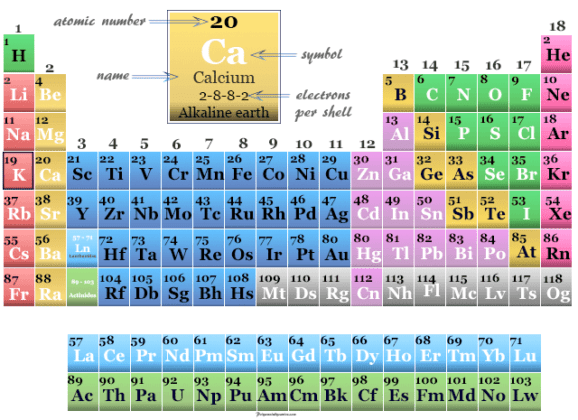
Studies on calcium intake and bone density in postmenopausal women have mixed results. Calcium is less easily absorbed at later ages, and therefore eating a very high amount of calcium will not always resolve the problem. Getting enough dietary calcium at all ages may help to slow the degree of bone loss, but calcium intakes at any level are not known to completely prevent bone loss. Women tend to experience greater bone loss than men later in life due to menopause, a condition that lowers the amount of hormones that help to build and preserve bone. This is sometimes called “negative calcium balance,” which can lead to bone loss. After that, destruction typically exceeds production. In healthy individuals who get enough calcium and physical activity, bone production exceeds bone destruction up to about age 30. Bone cells called osteoblasts build bone, while other bone cells called osteoclasts break down bone if calcium is needed. Throughout the lifespan, bones are constantly being broken down and built up in a process known as remodeling. Bone is living tissue that is always in flux. Scroll down for links to more information on the health effect of specific foods rich in calcium.Ĭalcium is one of the most important nutrients required for bone health. The reviews below specifically looked at the effect of calcium on various health conditions. For men 19-70 years of age, the RDA is 1,000 mg for men 71+ years, 1,200 mg. For pregnant and lactating women, the RDA is 1,000 mg. The Recommended Dietary Allowance (RDA) for calcium for women 19-50 years of age is 1,000 mg daily for women 51+, 1,200 mg. But this doesn’t always happen, and can’t always be accomplished just by eating more calcium. Ideally, the calcium that is “borrowed” from the bones will be replaced at a later point. If one does not eat enough calcium-containing foods, the body will remove calcium from bones.

One is by eating foods or supplements that contain calcium, and the other is by drawing from calcium in the body. The body gets the calcium it needs in two ways. When the body has enough calcium, a different hormone called calcitonin works to do the opposite: it lowers calcium levels in the blood by stopping the release of calcium from bones and signaling the kidneys to rid more of it in the urine.


At the same time, PTH signals the kidneys to release less calcium in the urine. This hormone may also activate vitamin D to improve the absorption of calcium in the intestines. If calcium levels drop too low in the blood, parathyroid hormone (PTH) will signal the bones to release calcium into the bloodstream. In order to perform these vital daily functions, the body works to keep a steady amount of calcium in the blood and tissues. About 99% of the body’s calcium is stored in bones, and the remaining 1% is found in blood, muscle, and other tissues. Calcium is a mineral most often associated with healthy bones and teeth, although it also plays an important role in blood clotting, helping muscles to contract, and regulating normal heart rhythms and nerve functions.


 0 kommentar(er)
0 kommentar(er)
